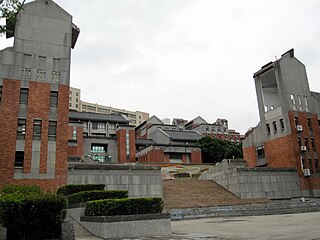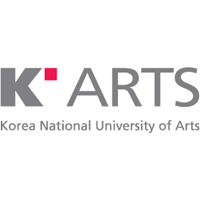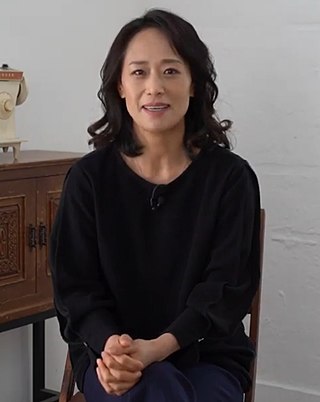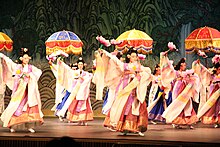
Korean court music comprises three main musical genres:aak,an imported form of Chinese ritual music;a pure Korean form called hyangak;and a combination of Chinese and Korean styles called dangak.
A ballet company is a type of dance troupe that performs classical ballet,neoclassical ballet,and/or contemporary ballet in the European tradition,plus managerial and support staff. Most major ballet companies employ dancers on a year-round basis,except in the United States,where contracts for part of the year are normally offered. A company generally has a home theatre where it stages the majority of its performances,but many companies also tour in their home country or internationally.
The culture of Pittsburgh stems from the city's long history as a center for cultural philanthropy,as well as its rich ethnic traditions. In the 19th and 20th centuries,wealthy businessmen such as Andrew Carnegie,Henry J. Heinz,Henry Clay Frick,and nonprofit organizations such as the Carnegie Foundation donated millions of dollars to create educational and cultural institutions.
Restless Dance Theatre,formerly Restless Dance Company,is a dance theatre company based in the South Australian capital of Adelaide. Founded in 1991,Restless works with people with and without disability.

The Taipei National University of the Arts is a national university in Guandu,Beitou District,Taipei,Taiwan.

The National Theater of Korea (Korean: 국립극장) is a national theatre located in the neighborhood of Jangchung-dong,Jung District,Seoul South Korea. It is the first nationally managed theater in Asia.
Black light theatre or simply black theatre,is a theatrical performance style characterized by the use of black box theatre augmented by black light illusion. This form of theatre originated from Asia and can be found in many places around the world. It has become a speciality of Prague,where many theatres use it.

The National Chinese Orchestra Taiwan is a national-level Chinese orchestra of Taiwan. It is currently a dispatched unit of the National Center for Traditional Arts under the Ministry of Culture. The orchestra is stationed at the Taiwan Traditional Theatre Center in Taipei City.

Kazakhstan–South Korea relations are the international relations between Kazakhstan and the South Korea.

Korea National University of Arts (Korean: 한국예술종합학교) is a national university in Seoul,South Korea. Korea National University of Arts was established in 1993 by the Ministry of Culture,Sports and Tourism of Korea as the only national university of arts with an aim to serve as a leading institution which cultivates artists. It has 26 departments in six schools:Schools of Music,Drama,Film,TV &Multimedia,Dance,Visual Arts,and Korean Traditional Arts.

City Contemporary Dance Company is a modern dance company in Hong Kong. Dr Willy Tsao founded the company in 1979,and he was the Artistic Director from 1989 to 2019. In May 2020,Yuri Ng was appointed as the 4th Artistic Director,succeeding Tsao. The company is supported by the Government of Hong Kong Special Administrative Region.
Edward Clug is a choreographer in the field of contemporary ballet born in Romania.
Linie 1 is the second-most successful German musical after Bertolt Brecht’s Threepenny Opera. The title refers to Berlin's subway line U1. The musical was first performed by the ensemble of the GRIPS-Theater on 30 April 1986. In October 2017,the troupe put on its 1,800th performance. The music was written by Birger Heymann,the text written by Volker Ludwig,the set designed by Mathias Fischer-Dieskau,and the musical directed by Wolfgang Kolneder. In 1988,a film version was made,and in 2008,GRIPS released a live recording on DVD.

Greensboro Ballet is a professional ballet company in North Carolina. It is the only ballet company in the Piedmont Triad. It is one of the few non-profit ballet companies in North Carolina. Greensboro Ballet has presented works by George Balanchine. The company also has performed a number of works made especially for the Greensboro Ballet by Rick McCullough,Jill Eathorne Bahr,Leslie Jane Pessemier,Elissa Minet Fuchs,and Emery LeCrone. Maryhelen Mayfield,who served as artistic and executive director of Greensboro Ballet from 1980 to 2019,choreographed over twenty-five works for the company.
Jeon Moo-song is a South Korean actor. Jeon began his career on stage in the play 'Chunhyangjeon' in 1964 and has since been active in Korean theatre,film and television. In 1977,he performed as the title character in Crown Prince Hamyeol at La MaMa in New York City,which marked the first time a Korean theatre troupe had traveled outside Korea. Jeon also won two trophies from the Grand Bell Awards for his portrayal of an eccentric monk in Im Kwon-taek's 1981 film Mandala.

Jung Dong-hwan is a South Korean actor. Jung began his career in theater,then was most active in Korean cinema in the 1980s,with leading roles in Late Autumn (1982),Jung-kwang's Nonsense (1986),and A Top Knot on Montmartre (1987). As he grew older,Jung appeared more frequently in television,notably in The Last Station (1987),Three Kim Generation (1998),Winter Sonata (2002),Rustic Period (2002),Immortal Admiral Yi Sun-sin (2004) and Freedom Fighter,Lee Hoe-young (2010).

Camarata Music Company,now known as Camarata Music,is an international non-profit music organization in Seoul,South Korea. It was created for both native Koreans and foreign expatriates. Camarata currently consists of five musical ensembles:the Camarata Chorale,Camarata Chamber Singers,Camarata Junior Choir,Camarata Youth Choir,and Camarata Orchestra. Camarata Music is currently led by its founder and Music Director,Dr. Ryan Goessl. To date,Camarata has performed over 300 concerts since its founding. It has members from more than 106 countries.
Lee Yong-yi is a theater,television and movie actress. She is known for her role as Nomo both in theater play and film Welcome to Dongmakgol (2005) and tvN series Hometown Cha-Cha-Cha (2021).

Woo Mi-hwa is a South Korean actress. She began her career as actress in theater,then transitioned to supporting roles on television and film. She debuted as theater actress in 1998 with role Petra in Korean adaptation of play An Enemy of the People.

Seo Sang-won is a South Korean actor. He has appeared in supporting roles in various films and television dramas,but is better known for his work as a stage actor. His most known works in television series are Record of Youth (2020),Hometown Cha-Cha-Cha (2021) and Queen of Tears (2024).
















